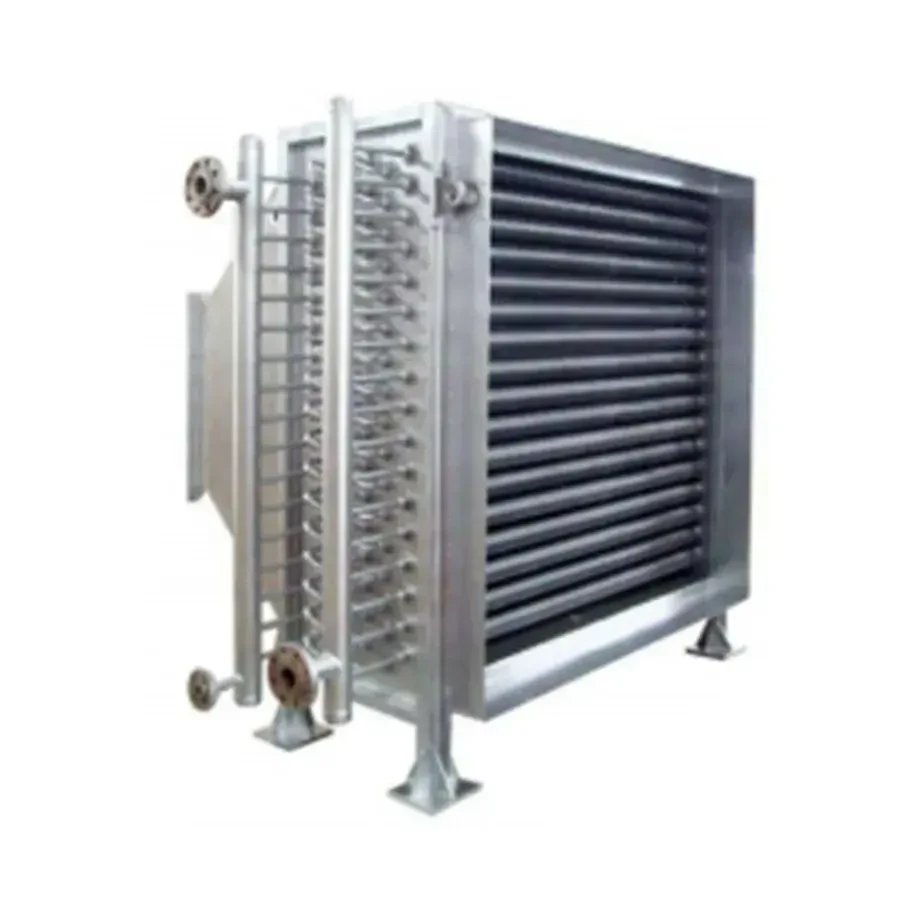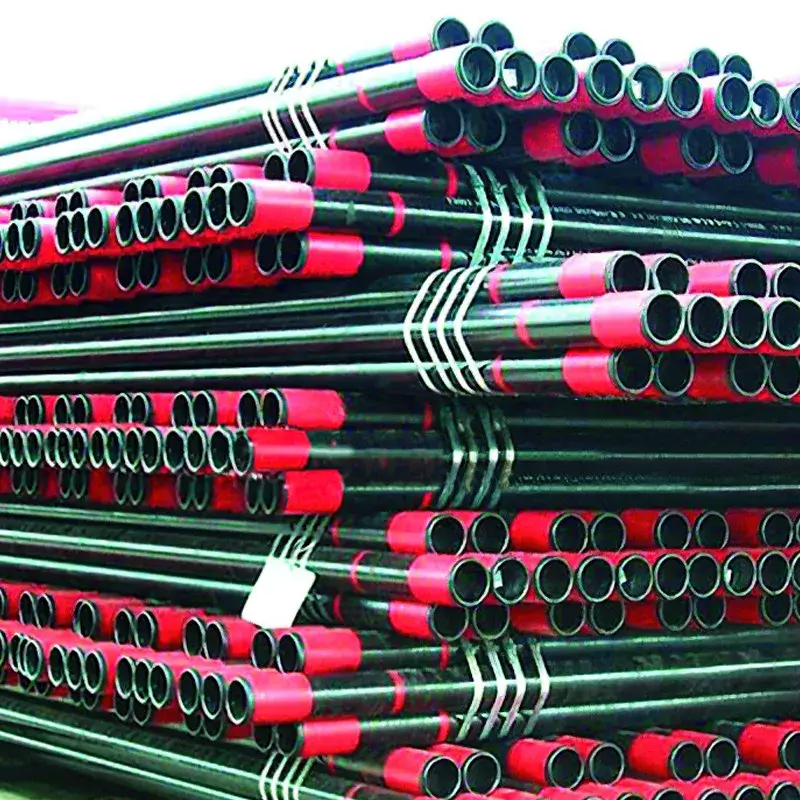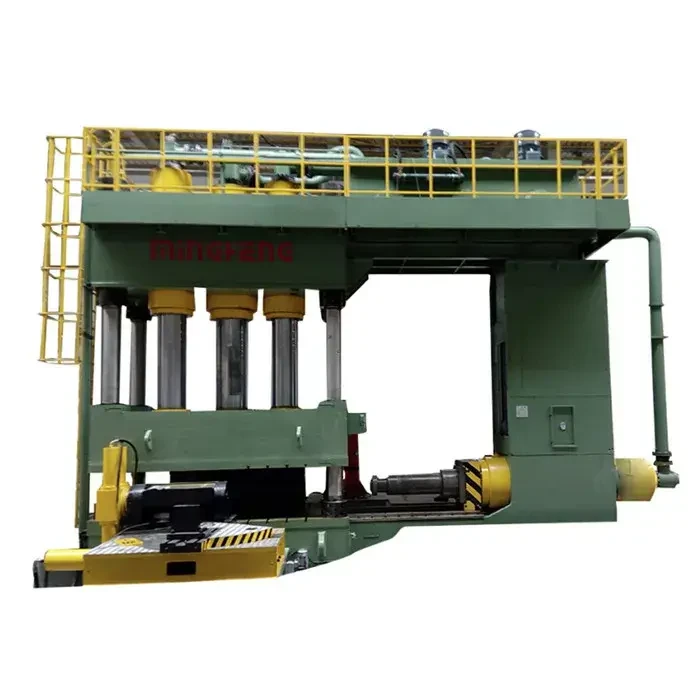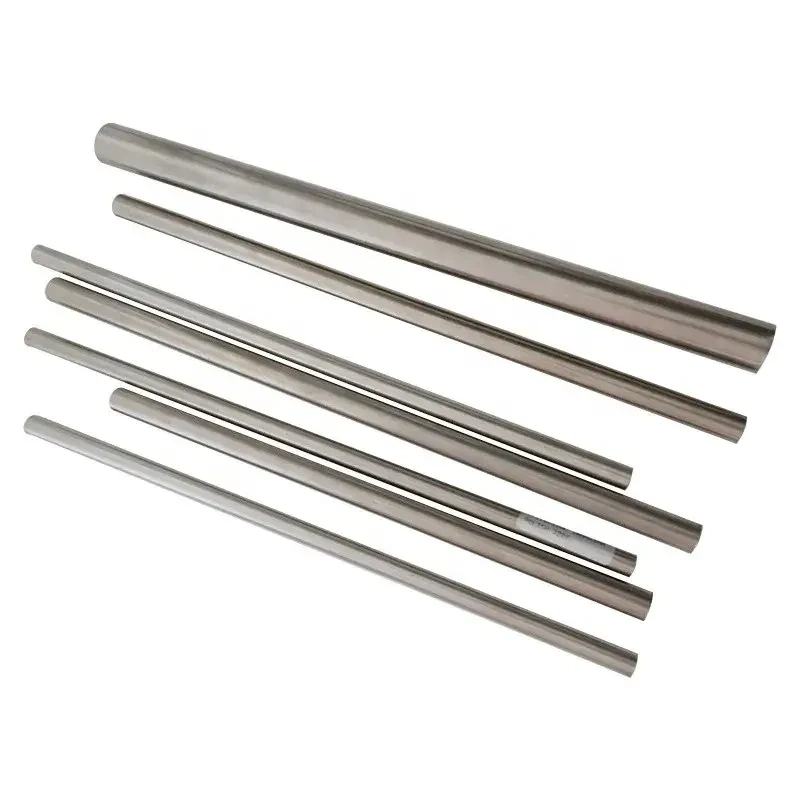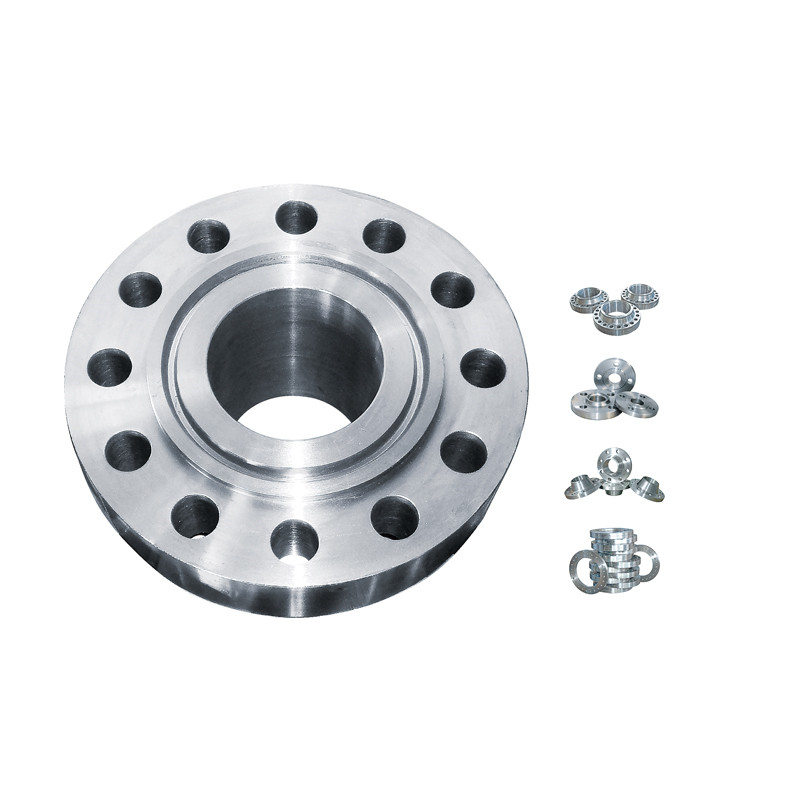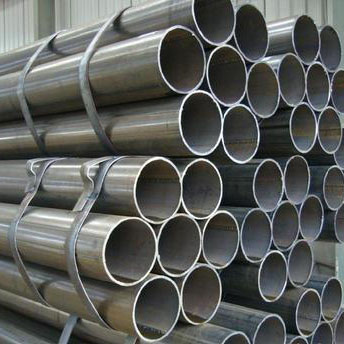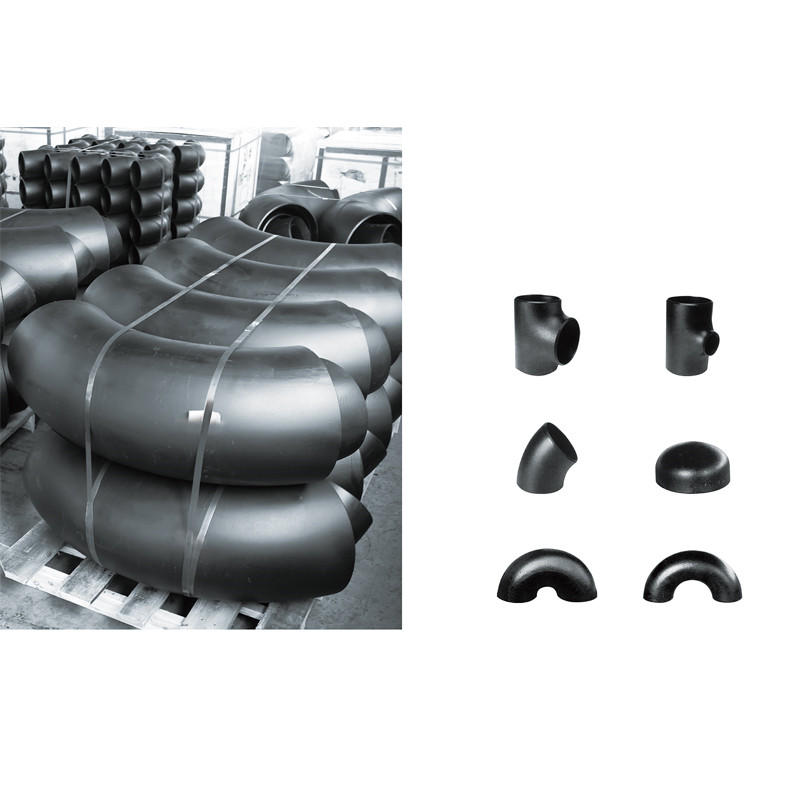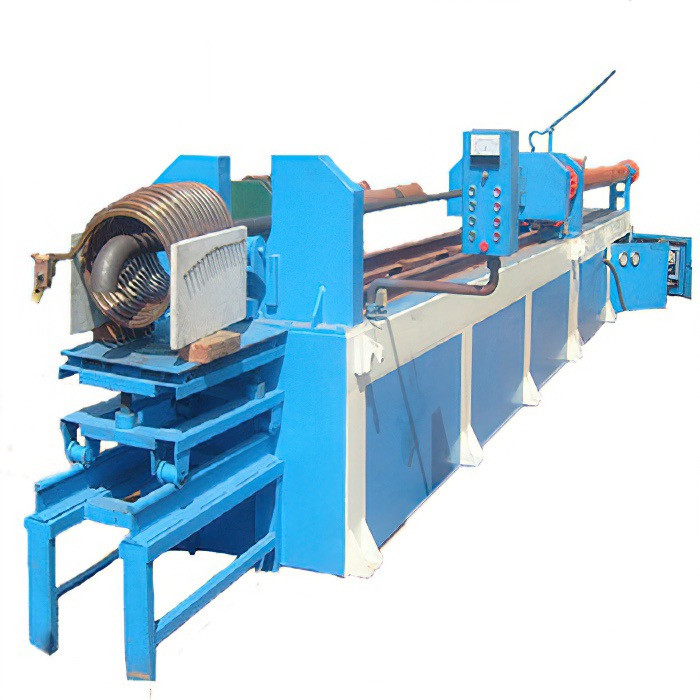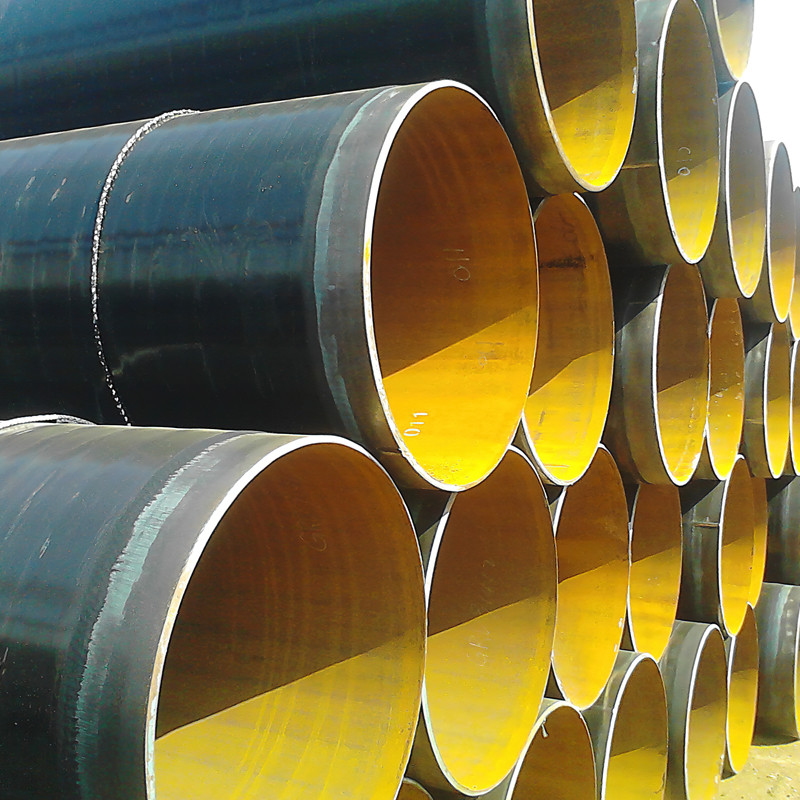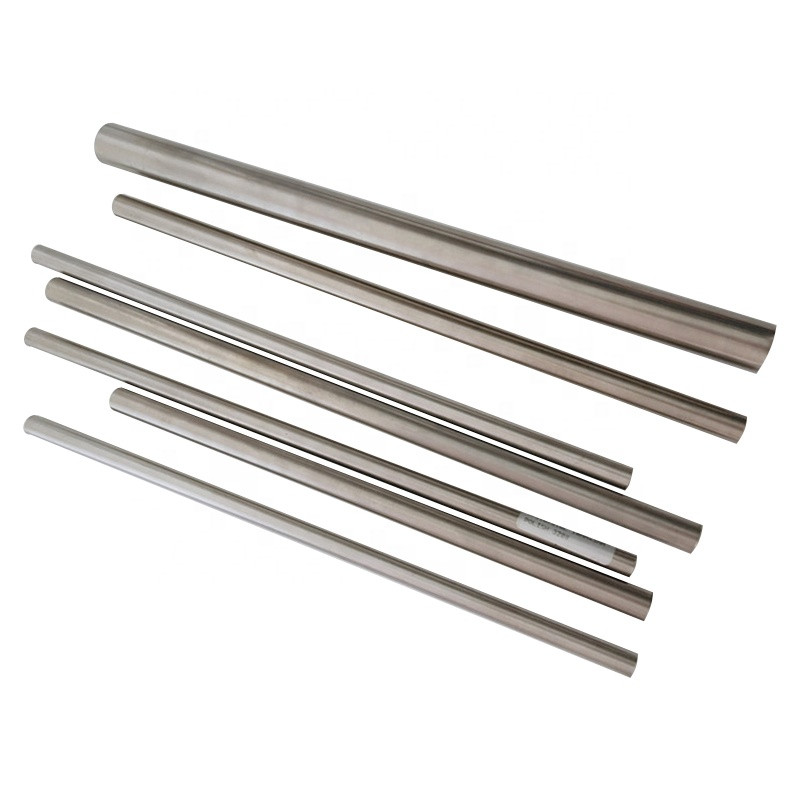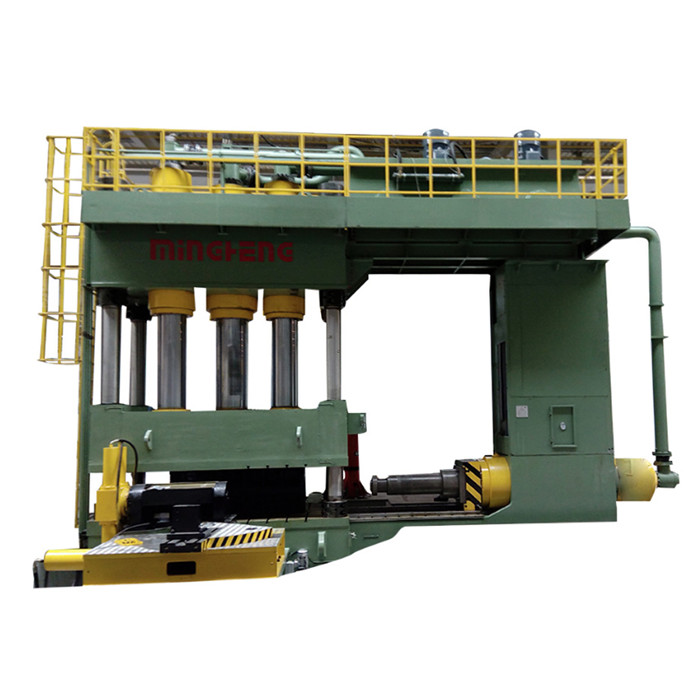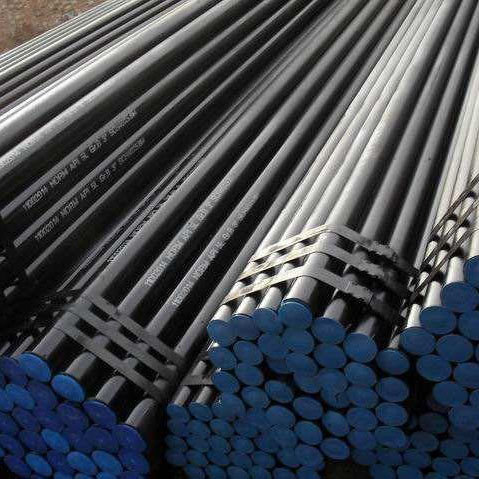- Introduction to 304L Stainless Steel Pipe: Applications and Material Characteristics
- Unmatched Technical Benefits of Stainless Steel 304L Pipe
- Market Data and Price Trends of 304L Stainless Steel Pipe
- Major Global Manufacturers: Specifications and Product Comparison
- Customized Solutions: Meeting Diverse Industry Needs
- Application Scenarios: Real-World Cases across Industries
- The Future of 304L Stainless Steel Pipe: Innovation and Sustainability
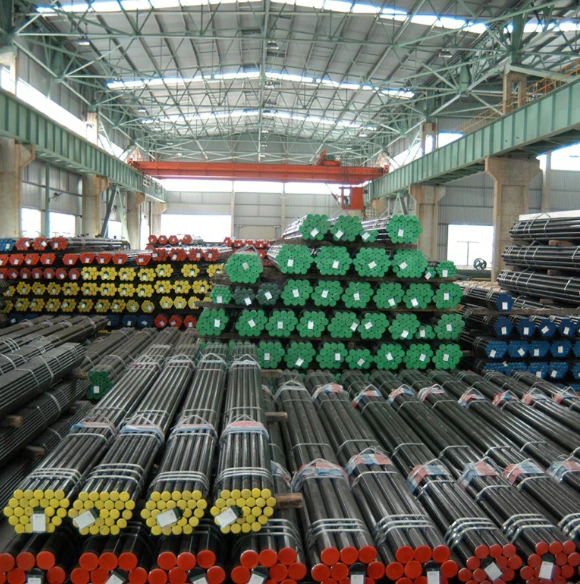
(304l stainless steel pipe)
Introduction to 304L Stainless Steel Pipe: Applications and Material Characteristics
As industries continue to demand performance-driven materials, the 304l stainless steel pipe
stands out for its versatility and resilience. This austenitic chromium-nickel alloy is a cornerstone for construction, petrochemical, water treatment, and pharmaceutical sectors due to its excellent corrosion resistance and formability. Unlike common grades, stainless steel 304l pipe is known for its low carbon content, which minimizes carbide precipitation during welding, giving it an edge in critical environments. Its balanced chemical structure ensures sustained performance in both high and low-temperature services while maintaining superior hygienic properties. Industries utilize 304l pipes in fluid transport, heat exchangers, and structural applications, trusting its combination of durability and cost-effectiveness. Key material characteristics such as a melting point above 1400°C, tensile strength averaging 485 MPa, and elongation of 40% make it especially suitable for robust operations where maintenance and failures are high-risk factors.
Unmatched Technical Benefits of Stainless Steel 304L Pipe
Technical superiority is at the heart of stainless steel 304l pipe’s global popularity. Among the alloy’s core attributes is its exceptional resistance to intergranular corrosion, enabling reliable performance in challenging acidic or chloride environments—outperforming conventional steel pipes. The lower carbon content (<0.03%) directly translates into less sensitization during welding, minimizing the risk of corrosion at weld seams—critical for high-purity or critical fluid systems. The pipe’s impressive mechanical properties uphold structural integrity under pressures up to 20 MPa, depending on wall thickness and size. Heat tolerance extends usability to continuous operation at temperatures up to 870°C (around 1600°F) without compromising mechanical function. Furthermore, machinability enhances manufacturability, permitting a variety of wall thicknesses and diameters that fit custom engineering specifications. Such technical advantages reduce downtime, extend service intervals, and enable compliance with international codes such as ASTM A312 and EN 10216-5.
Market Data and Price Trends of 304L Stainless Steel Pipe
The 304l stainless steel pipe price structure reflects a blend of dynamic raw material costs, manufacturing innovations, and global supply chain shifts. Over the past five years, global stainless steel production has grown at an average compound rate of 5-7% annually, largely driven by growing infrastructure and energy sectors. The price for 304l pipes fluctuates according to market conditions, alloy surcharges, and purchase quantities. In 2023, the indicative average wholesale price for 2” (SCH 40) 304l pipes ranged from USD 3.50 to 4.70 per kg in Asia, while North American prices saw a broader range—USD 4.00 to 5.20 per kg—due to higher freight and compliance requirements. Price volatility is further influenced by nickel price swings, typically accounting for 8-12% of the total stainless steel cost structure. Below is a comparative price trend for typical market regions:
| Region | Typical 2023 Price (USD/kg) | Annual Price Change (%) | Bulk Order Discounts |
|---|---|---|---|
| Asia (China, India, ASEAN) | 3.50 - 4.70 | +4.2 | Up to -7% |
| Europe (Germany, Italy, UK) | 4.60 - 6.10 | +5.7 | Up to -5% |
| North America (USA, Canada) | 4.00 - 5.20 | +3.5 | Up to -10% |
The above data illustrates not only the global reach but also the significant market dynamics affecting project budgeting and procurement strategies for large-scale users of 304l pipes.
Major Global Manufacturers: Specifications and Product Comparison
Selection of stainless steel 304l pipe is often a strategic decision based on manufacturer track record, certification portfolios, and technical service. Globally, leading producers include Outokumpu, POSCO, Acerinox, ArcelorMittal, and Chinese giants like TISCO and Baosteel. Each offers unique processing technologies—ranging from hot extrusion to precision laser-welded seams—enabling clients to match pipe parameters to project requirements. Below is a summary table comparing three prominent suppliers based on technical offerings and certification:
| Supplier | Certification | Diameter Range (mm) | Wall Thickness (mm) | Finishing Options | Annual Output (tons) |
|---|---|---|---|---|---|
| Outokumpu (Finland) | ISO 9001, PED, EN 10204 | 10 - 1200 | 0.8 - 70 | Annealed, Pickled, Polished | 620,000 |
| TISCO (China) | ISO 14001, ASTM A312 | 6 - 1020 | 0.5 - 35 | Pickled, Brushed | 530,000 |
| POSCO (Korea) | ISO 9001, DNV, LR | 12 - 950 | 1.0 - 45 | Polished, Sandblasted | 480,000 |
Differences in production capacity and finishing capabilities cater to a range of end-use industries from high-purity pharmaceuticals to rigorous offshore installations. Partnering with the right supplier ensures not only compliance and performance but also cost optimization throughout the lifecycle of pipework.
Customized Solutions: Meeting Diverse Industry Needs
The adaptability of 304l stainless steel pipe extends to custom engineering solutions for advanced industrial projects. Leading manufacturers provide value-added services such as precision cutting, CNC-bending, and the integration of special fittings or flanges to match application-specific needs. These bespoke options are critical for sectors like food processing, where sanitary design is paramount, or in semiconductor manufacturing, where ultra-clean surfaces are required. For instance, customers can specify inside roughness to as low as Ra 0.4 µm, or request electro-polishing for bio-pharmaceutical pipelines. Pressure ratings, dimensional tolerances, and length customization assure seamless system integration across water supply networks, desalination plants, and industrial automation. Quality assurance is reinforced through real-time non-destructive testing, traceability logging, and advanced surface treatments to mitigate localized corrosion or biofilm formation. Beyond material grades, clients can collaborate on dual-certified solutions (304/304L) that balance strength and weldability, streamlining procurement and simplifying inventory management for multi-standard operations.
Application Scenarios: Real-World Cases across Industries
Case histories demonstrate the pivotal role of stainless steel 304l pipe in diverse sectors. In 2023, a leading Middle Eastern desalination plant installed over 60 kilometers of 304l piping, citing reduced chloride-induced failure rates and estimated 30% longer operational intervals compared to previous duplex grades. Pharmaceutical manufacturers routinely prefer 304l because of its ability to maintain ultra-clean, inert surfaces even after repeated CIP (Clean-In-Place) cycles, thereby achieving FDA, USP, and ASME-BPE compliance. Another benchmark application exists in offshore oil, where 304l pipes serve as flowlines and risers due to their resilience against saline corrosion and ease of fabrication onsite. Water treatment facilities globally are transitioning to 304l specification pipelines, promoting lower maintenance expenditures and extended service life in hyper-chlorinated systems. Energy sector projects leverage its uniform mechanical strength, supporting seamless, leak-proof transmission of steam and aggressive fluids at pressures up to 15 MPa. The synthesis of these use cases underscores the reputation of 304l pipes as a future-ready solution built on proven field performance.
The Future of 304L Stainless Steel Pipe: Innovation and Sustainability
The global momentum behind 304l stainless steel pipe continues to accelerate as industries pivot towards sustainability and innovative engineering. Advanced research has yielded low-embodied-energy fabrication methods, cutting CO₂ emissions by nearly 25% per ton produced compared to a decade ago. Circular economy practices are supporting scrap recycling rates upward of 85%, further enhancing lifecycle cost-efficiency and environmental credentials. Smart pipeline monitoring technologies—like embedded sensors or IoT-based corrosion tracking—are being integrated with 304l systems for real-time asset management and predictive maintenance. With regulatory frameworks tightening around potable water and critical process environments, the demand for low-carbon stainless grades like 304l is projected to grow over 6% CAGR through 2028. Sustainability-minded manufacturers are investing in closed-loop water systems and renewable-powered melting shops, reducing resource impact and reinforcing the position of 304l as an inherently green choice. Ultimately, ongoing R&D and vertical integration promise to deliver even greater mechanical properties and application-specific customizations, ensuring the continued relevance and superior value of stainless steel 304l pipes for decades to come.
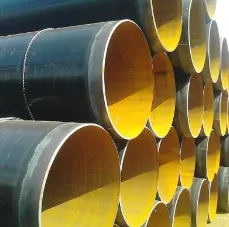
(304l stainless steel pipe)
FAQS on 304l stainless steel pipe
Q: What is 304L stainless steel pipe?
A: 304L stainless steel pipe is a low-carbon variant of 304 stainless steel, known for its corrosion resistance. It is commonly used in applications requiring high strength and the ability to withstand chemicals. The "L" stands for "low carbon."Q: What are the main uses of stainless steel 304L pipe?
A: Stainless steel 304L pipe is widely used in the food, chemical, and pharmaceutical industries. It's suitable for water, oil, and gas transport due to its durability and hygiene. The pipe's corrosion resistance makes it ideal for harsh environments.Q: What factors influence the 304L stainless steel pipe price?
A: The price of 304L stainless steel pipe depends on factors like size, wall thickness, length, and current market rates for raw materials. Customization and certifications may also affect cost. Bulk orders may receive discounted pricing.Q: How is 304L stainless steel pipe different from 304 stainless steel pipe?
A: 304L stainless steel pipe contains lower carbon content than standard 304 pipe, reducing the risk of carbide precipitation during welding. This makes 304L better for welding applications. Both offer similar corrosion resistance and strength.Q: Is 304L stainless steel pipe suitable for high-temperature applications?
A: 304L stainless steel pipe can withstand moderately high temperatures but is ideally used below 425°C (800°F). For continuous high-temperature use, consider other grades like 316. Always consult application specifications before selection.Post time: Jun . 24, 2025 06:14


